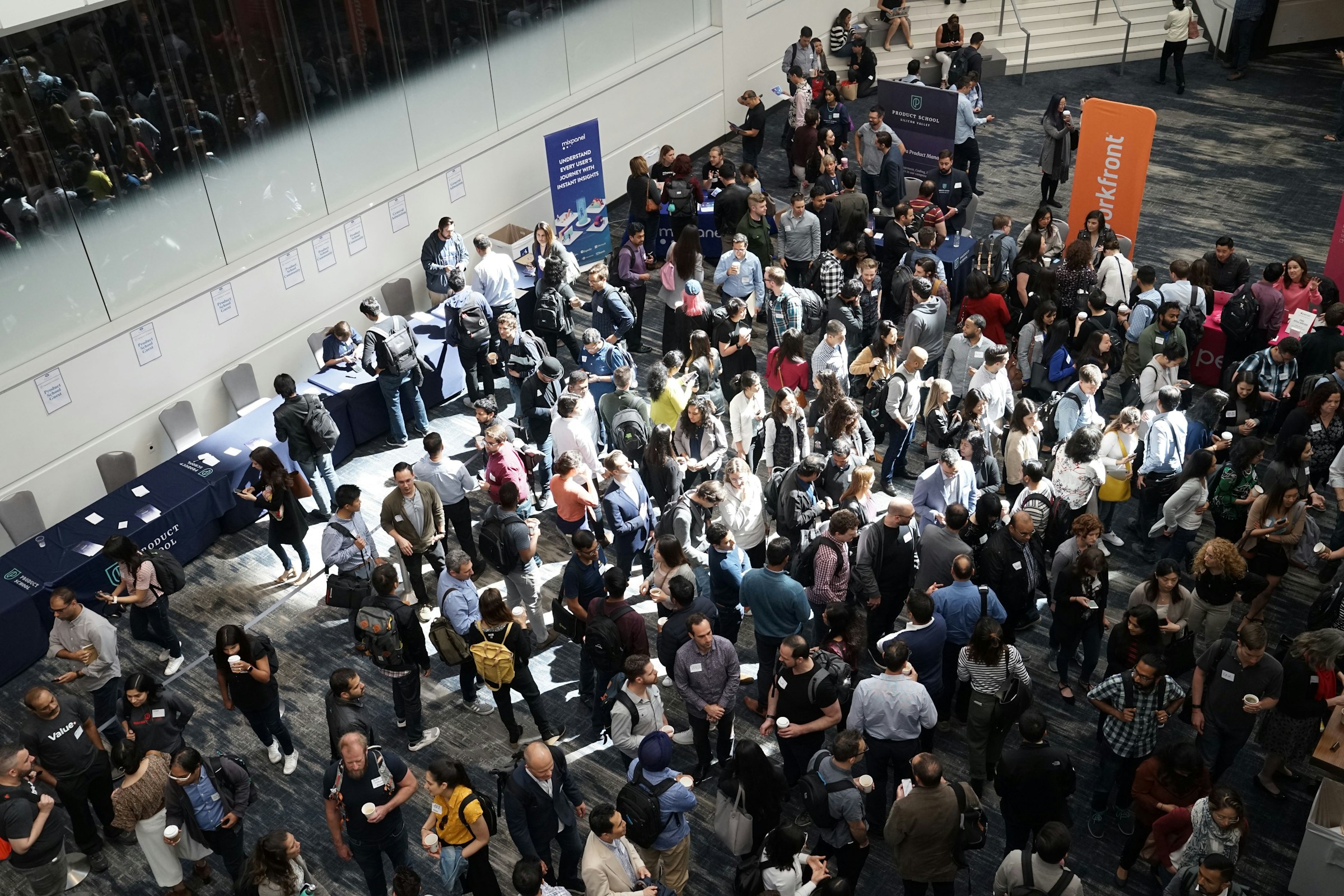
11 Jun What Microsoft Build 2025 Means for Your Business
Microsoft Build is traditionally a conference centred around developers and emerging technologies. But many of the innovations showcased at this year’s event are set to reach business users across Microsoft 365, Teams, Power Platform and beyond.
From intelligent assistants that streamline daily tasks to new ways of interacting with business data, several updates introduced at Build 2025 will have a direct impact on how small and medium-sized businesses operate. Even if your business doesn’t touch development platforms, the outcomes of this year’s announcements will filter into the tools you and your team rely on every day, including productivity apps, automations and information search.
In this blog, we break down some of the most relevant updates, in plain terms, and explore how these capabilities might enhance productivity, improve decision-making and make better use of your team’s time and resources.
Microsoft introduces ‘smart agents’ to support daily work
Microsoft’s strategic investment in AI continues to gain pace, with new capabilities being developed around what it calls agentic systems, a model where AI-powered tools act more like intelligent digital colleagues. These agents are designed to understand tasks, follow structured instructions, and even collaborate with other agents to complete more complex workflows.
Although much of this development is being driven by engineers and large development teams, the benefits are now beginning to reach non-technical business users. The shift isn’t just theoretical, one of the most immediate examples is how this technology feeds directly into Microsoft 365 Copilot.
A new capability known as Copilot Tuning will allow businesses to personalise Copilot’s behaviour based on their specific workflows, business logic or industry needs. This can be achieved without any coding, through an intuitive setup in Copilot Studio. For example, a law firm might build a Copilot that applies its preferred formatting, referencing styles and tone for key legal templates, streamlining document creation across junior and senior staff. Or a consultancy could train Copilot to recognise industry-standard frameworks or client-specific terms to help surface the most relevant data or insights throughout a project lifecycle.
These agent experiences don’t operate in isolation. Microsoft is simultaneously introducing multi-agent cooperation within its AI platform. Agents can act independently or work as a team, retrieving documents, analysing inputs, and presenting summarised results for human review. This plays out as quicker responses, more context-aware suggestions, and more precise outputs across tools like Teams, Word, and Outlook.
Microsoft has also ensured that these agents follow secure practices. Tuning and interactions occur strictly within the Microsoft 365 service boundary. None of the data provided to Copilot is used to train Microsoft’s foundation models, so businesses can adopt these tools while retaining full control over sensitive content.
Copilot expands across Microsoft 365 tools with Microsoft Build
The evolution of Copilot across the Microsoft 365 suite brings a range of new, practical features that aim to eliminate manual processes and surface the right information when it’s needed most. These updates are part of the Wave 2 update, which is being gradually introduced over the coming months.
One of the highlights is enhanced support for meeting preparation. Rather than having to research, assemble documents and manually locate action items, Copilot can now prepare intelligent summaries. These include background documents, participant profiles, shared resources from previous discussions, and follow-up tasks. This not only saves time but also helps ensure that meetings are more outcome-focused.
Email productivity has also received a significant upgrade. Copilot now offers in-line summarisation, allowing users to quickly understand the content of long email threads, identify relevant attachments, and draft replies based on previous context. This is designed to support users who often spend significant portions of their time clearing inboxes or searching for specific content buried in messages.
Another important addition is Copilot Pages, an editable, shareable format that lets users turn a Copilot-generated response into a living document. These can be created directly from within a chat on mobile or desktop and later converted seamlessly into a Word document for formal presentation or distribution. Pages can contain links, summaries, interactive charts and even pre-generated content blocks, speeding up everything from meeting notes to project proposals.
Copilot’s latest updates also bring image generation capabilities through the integration of OpenAI’s GPT-4o model. This allows users to create visuals from text prompts, a useful feature for marketing, client reports, training materials and other content that benefits from visual elements.
Making data easier to use and understand
Data has never been more abundant, but making sense of business data remains a challenge, especially when reports, dashboards and analytics tools are spread across teams, files or systems. That’s why Microsoft has introduced several new capabilities that shift how users interact with data.
The headline feature is ‘Chat with your data’, which integrates directly into tools like Power BI and Microsoft 365 Copilot. This new experience allows users to ask direct, plain-language questions about their business, such as “How did our product categories perform last quarter?”, and receive real-time answers based on their existing reports and models.
This is made possible thanks to Fabric data agents, AI-driven features that understand how different data sources relate to each other and can interpret queries across organisational structures. These agents work across multiple data sources, enabling insights not just from the report you’re currently viewing but from datasets stored throughout Microsoft 365, Dynamics 365 and beyond.
Another notable improvement comes from Dataverse search, which significantly boosts the accuracy, relevance and speed of information discovery across a company’s existing documents and data. Unstructured inputs, like PDFs, scanned images or non-English sources, are converted into searchable formats, allowing users to surface information that would otherwise be missed or require specialist assistance.
Together, these updates make daily decision-making more responsive, reducing reliance on analysts or IT team members for routine insights.
Power Platform updates offer more flexibility for business users with Microsoft Build
Microsoft’s Power Platform suite, which supports low-code/no-code app development, continues to mature and now offers even more flexibility for business users and developers alike.
Power Apps has received significant enhancements intended to shorten the time from idea to deployment. Users can now describe what they want to build using natural language, for example, “I need an app to track warehouse stock levels and alert managers when inventory is low”, and the tool will auto-generate data models, workflows and user interfaces. All of this can be refined through the same visual interface or handled with code for more advanced changes.
Power Apps also enables users to add custom AI agents directly into the apps they build. These agents can handle background tasks, answer queries, assist with form entries, or interpret data within the app. For those looking to go further, Microsoft now offers bring-your-own-code features, which allow developers to use environments like Visual Studio Code while building apps that still benefit from managed Power Platform services.
To help bridge AI and human collaboration, apps now include an agent feed, where the app user can observe what actions an embedded agent has taken, review recommendations, and guide next steps.
Power Pages, the tool for creating customer-facing sites, has received comparable upgrades. These include:
- The ability to add multiple agents within a portal to assist users in performing actions securely using Microsoft Dataverse
- A new languages feature that supports custom languages for multilingual site delivery
- Integration with developer tools like Visual Studio Code, enabling real-time previews, code assistance and full content control.
- A flexible user interface builder supported by Copilot for Power Pages, which can assist with layout choices, content structuring and best practice guidance.
These improvements offer SMBs a reliable path to building workflow solutions, employee portals and customer interaction channels quickly, intelligently and securely.
Behind the scenes: Azure powers scalability and security
While the most visible changes are happening in apps people see and use daily, Microsoft Azure continues to play a central role behind the scenes, offering a scalable, secure environment to support all this AI-enabled growth.
Azure AI Foundry, Microsoft’s unified workspace for building and managing AI models and agents, is introducing features that simplify both deployment and governance. A new Model Router will analyse prompts and automatically determine which AI model (from OpenAI, Meta, or other providers) will yield the best outcome. AI tools are expensive to build and manage, so this kind of orchestration directly improves efficiency and performance.
Security remains a priority across all services. Copilot experiences now benefit from enhanced protection measures, including:
- Prompt Shield, which prevents unsafe or manipulative user inputs from influencing agent behaviour
- Task Adherence controls, ensuring agents only operate within their approved role or context
- PII redaction, using AI to detect and remove personal data before processing, which is especially important for businesses working across regulated sectors
Microsoft Defender for Cloud has also been integrated with AI development tools in Azure. This enables real-time alerts on data access risks, configuration mistakes or vulnerabilities, helping developers and IT staff deliver updates faster without compromising security.
Key takeaways for your business for Microsoft Build
With every major Microsoft Build event, new capabilities come to light that shape how businesses can operate more efficiently. This year’s announcements are particularly relevant for small and medium-sized businesses, with practical tools now available to support everyday improvements in productivity, automation and insight.
Here’s a summary of what matters most:
- AI is becoming part of the workflow, not an add-on. Tools like Copilot now integrate naturally into how your team drafts content, analyses projects and prepares for meetings.
- Business data is becoming more accessible. Through chat-style exploration and unified search datasets, insight is available when it matters, not days later through a report run.
- Smaller teams can build smarter tools. Power Platform’s upgrades simplify both app and portal creation and let teams experiment, adapt and scale solutions with fewer hurdles.
While many of the underlying technologies are complex, Microsoft has made considerable progress in presenting these tools in a manageable and secure way for SMBs to use immediately.
Want to find out what these changes mean for you?
We’re here to support organisations like yours as these innovations become available. From helping your team get more out of Microsoft 365 Copilot, to advising on data integration or building your first app in Power Platform, we’re ready to help you translate these developments into action.
Contact us today to explore what’s possible for your business.
 Remote Support
Remote Support


